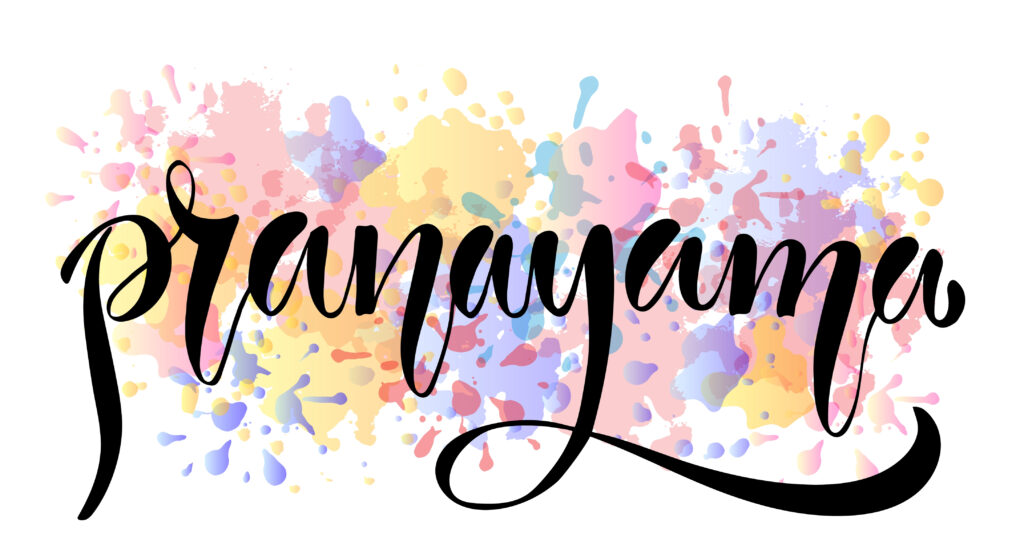Yoga – an 8 limbed system – Part 4

“The respiratory system is the gateway to purifying the body, mind and intellect. The key to this is pranayama.” BKS Iyengar
So far in our blogs, we have covered the Yamas (social ethics), Niyamas (personal ethics), and Asana (postures.) We move on now to Pranayama. Prana means breath, lifeforce or energy. Ayama means restriction or control. Thus, Pranayama can be translated as ‘breath control.’ In the US we rarely practice pranayama and if we do, we just barely scratch the surface. Historically, asana is practiced to remove the obstructions that block prana and to create openness in the body so that pranayama can be practiced. Asana and pranayama are equally important to the health of the body.
Pranayama is not the automatic breathing that keeps us alive. It is the lengthening, shortening, or holding of the breath in patterns. Just as asana improve blood circulation throughout the body, pranayama improves oxygen circulation in the lungs and therefore throughout the body. Each pranayama technique is used to create a certain response in the body. For example, when I have my students make their exhalation longer than their inhalation, I am trying to stimulate the parasympathetic nervous system. This is to promote a calm focused state of mind. Lengthening the inhalation in turn, energizes the practitioner.
As I was researching this blog, I decided to do a bit of research on how pranayama affects the aging process. Especially, if it can be used to increase longevity. As we age, we start to breathe faster, less deeply and into the upper chest rather than into the entire lung. Also, the muscles surrounding the ribcage become tighter; therefore, it takes more effort to inhale. Eventually, the tightness of the ribcage overpowers the strength of the diaphragm. Now, the breathing is shallow. Shallow breathing doesn’t bring in enough oxygen for cellular health. Interestingly, holding the breath, helps to balance out the oxygen and carbon dioxide levels, which rejuvenates cellular health. My takeaway from this is – that I have been doing my students a disservice. In focusing exclusively on asana and rarely including any pranayama, I haven’t been sharing all the benefits that yoga provides. Being honest, pranayama is not easy; it takes a lot of concentration. But I feel that it is worth it.
